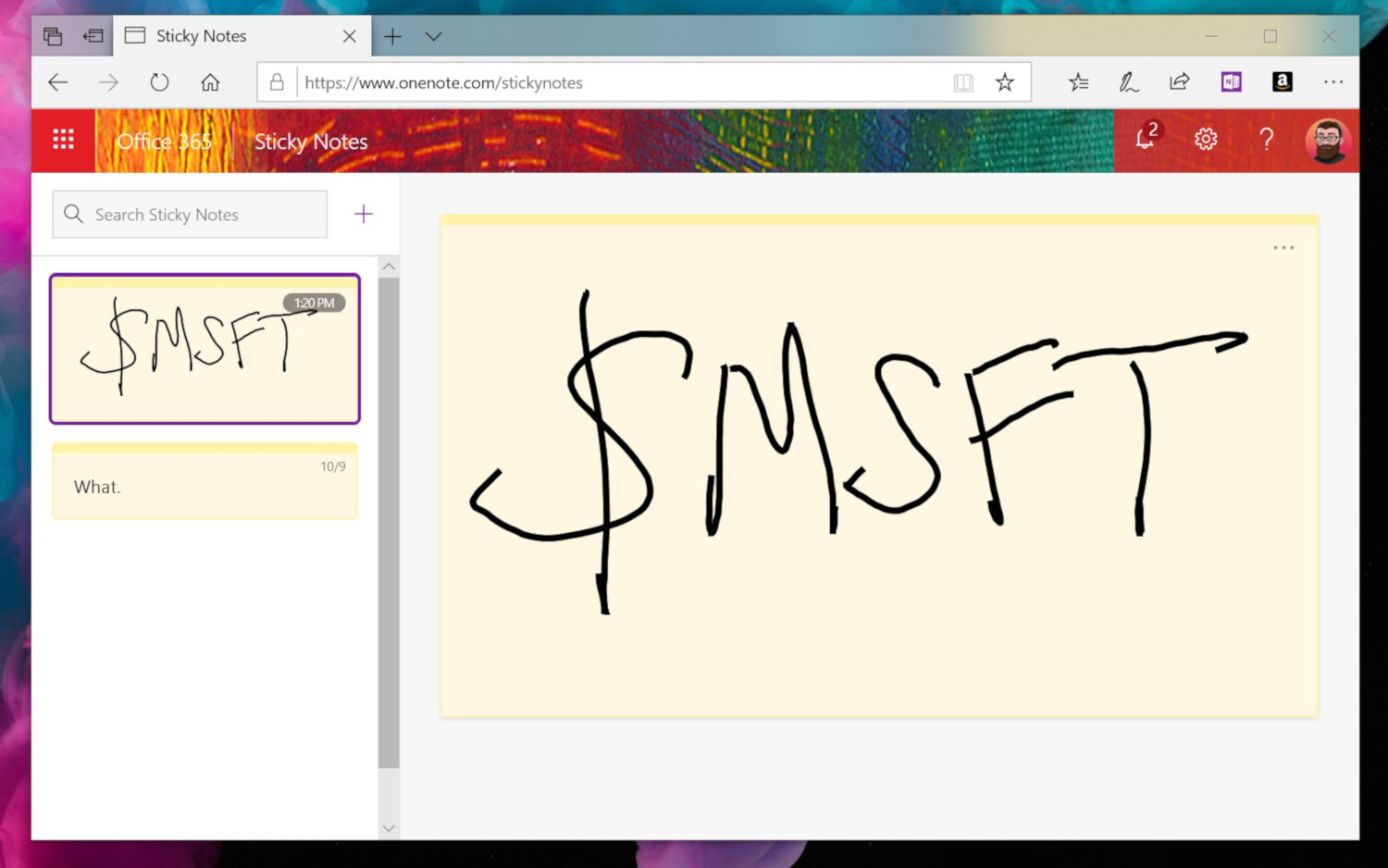Microsoft Brings Ads to Windows 10's Mail App (UPDATE)
UPDATE: Nov. 16, 3:05 p.m.: Microsoft communications head Frank X. Shaw said on Twitter that the ads are "an experimental feature that was never intended to be tested broadly and it is being turned off." Original article below:
It's almost impossible to escape advertising. Brands market their wares anywhere they can, and with the shift towards free software, tech companies often rely on advertising to actually make some money. Nothing is safe from the inexorable crawl of ad-based marketing, and Microsoft has provided yet another example of that by releasing a Windows 10 preview build that includes ads in the operating system's Mail app.
Mail reportedly shows interest-based ads in the latest version of Windows 10 released to members of the Windows Insider Program. That means Microsoft is using what it knows about its users--it doesn't appear to be scanning anyone's emails--to show ads it believes are relevant to them. This is a common practice, but that doesn't mean everyone's comfortable with it, especially when the ads pop up in communications tools.
It's possible to opt out of these interest-based ads via Windows 10's settings. But the ads won't disappear entirely; Mail will just display a generic advertisement instead. The only way to get rid of these ads is to subscribe to Office 365--even if someone's using Mail for Gmail or some other email service. That means users either have to put up with the ads or pay for a productivity suite.
This isn't the first time Microsoft has introduced ads in its software. The company added games like Candy Crush to new installs of Windows 10 and has displayed notifications throughout the operating system's user interface, for example.
The interest-based ads were added to Mail in version 11605.11029.20059.0. Because this is just a test among Windows Insider Program members, it's possible Microsoft won't move forward with the decision to fill Windows 10 Mail with ads when it releases its next update to the general public.
Get Tom's Hardware's best news and in-depth reviews, straight to your inbox.

Nathaniel Mott is a freelance news and features writer for Tom's Hardware US, covering breaking news, security, and the silliest aspects of the tech industry.
-
Giroro Junk like this is why so many computers out there still run an obsolete non-secure OS like windows XP, get hacked, and cause giant data leaks that put hundreds of millions of people at risk.Reply
Not that I think the situation will improve much when, say, the government decides to start upgrading their secure systems to a data-collecting advertising service like windows 10? Maybe in 5 years we will see the spyware that is Cortana put on trial for, well, literally being a spy. -
hannibal ... Because the win10 updates are free, they go for advertising market... Hmm... Adblock we need you!Reply -
sadsteve Easy fix is to use an alternate email client. I've been using Thunderbird for years and it seems to work perfectly fine.Reply -
Dugimodo I switched to web based mail years ago. I see no advantage to Email clients myself.Reply
I don't even bother setting up the windows 10 mail app. -
USAFRet Or, it was a misguided thought process, and they took that outReply
https://www.engadget.com/2018/11/16/microsoft-tested-ads-in-windows-10-mail-app/
